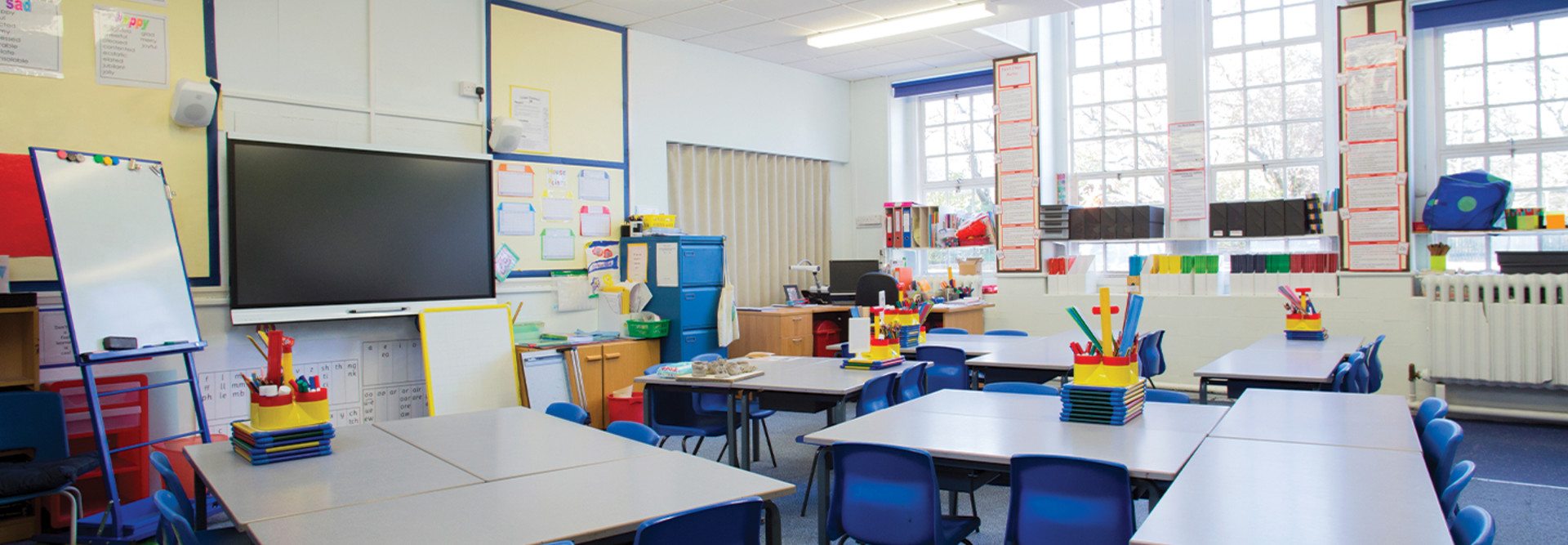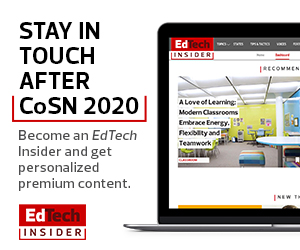Adopting New Mindsets That Foster Personalized Learning
A key part of the district’s shift to a personalized learning environment also requires four mindsets:
Addition by subtraction: Think about classroom elements that can be removed to boost learning, personalization and students’ interactions, Klaus said. Minimize distractions, such as cluttered classrooms, and find opportunities to free up learning space, he added. That approach also involves rethinking classroom furniture and being intentional about enabling students to “be their best selves” while learning, he said.
Equity and access: “How can we design with equity at the center of it all, ensuring that all students have their needs met regardless of their background or their levels, and then how can we empower our learners to be autonomous and self-driven?” Gibson asked. Considering those questions and ways to offer students more opportunities “has helped us think about how we can leverage technology to be a powerful tool” to increase equity, she said.
Push versus pull: “How much information are we pushing at students? And how much are we pulling from them?” Gibson asked. “Children are not empty vessels. They have so much to offer, especially from their experiences, their backgrounds and their interests.”
Think about blended learning models that allow students to collaborate with each other and make connections. Also, consider frameworks and approaches such as project-based learning that allow students to use technology for research and to dive deeper into different topics, she said.
Process over product: Instead of just focusing on outcomes, the SFUSD method encourages students to express and make visible their thinking process, Klaus said. “How are we celebrating this growth over time?” How are we getting feedback through the process?”
One approach is to have students complete digital portfolios. Teachers participating in the pilot also create portfolios. They use Google sites to archive and collect evidence about “their learning journey,” Klaus said.
MORE ON EDTECH: Find the right blended learning tool for your school.
Pilot Program Works in Classrooms, but What About Online?
Teachers participating in the pilot gather for training and visit each other’s classrooms. They also meet with experts, such as learning space designer Rebecca Hare, who consults with SFUSD about its pilot program. Principals also undergo training and visit other schools and districts to see examples of the approach to personalized learning.
District leaders are discussing ways to shift the approach online for remote learning, Gibson said. For example, in a virtual environment, the push-versus-pull mindset might involve synchronous time when students collaborate with each other as well as asynchronous learning, when teachers present new content and push it to students to handle individually before receiving one-on-one feedback.
In a virtual environment, the addition-by-subtraction mindset involves being intentional about the platforms used, Klaus said. The equity-and-access mindset involves providing devices and tools, such as hotspots, to students.
“We’re going to design learning experiences that pull from students’ interests and backgrounds” regardless of whether they are in a physical space or a virtual one, Gibson said.
EdTech is covering CoSN2020: A Breakthrough Virtual Experience, so keep this page bookmarked for our ongoing coverage. Follow @EdTech_K12 on Twitter for live updates and join the conversation using #CoSN2020.











